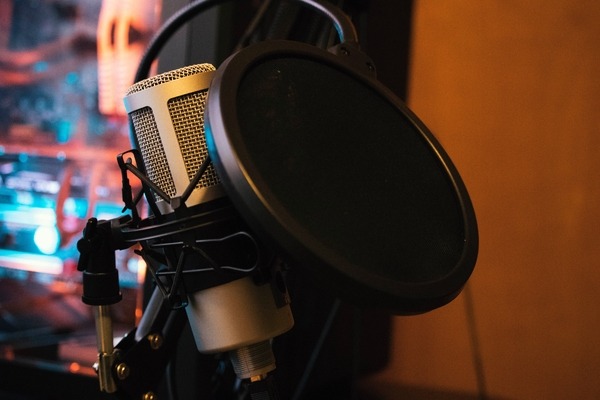
360 Spatial Audio (360 SA) is an audio technology (sometimes referred to as “3D audio”) that reproduces a full-range of sound in either a real venue, such as a movie theatre, or in a virtual environment created by digital signal processing. In 360 SA, sounds come to the listener from all directions - front, back, sides, above, and below. 360 SA may contain sounds tied to specific static locations, objects that dynamically move in relation to the user, as well as sounds such as music or environmental effects which remain stationary and ambient. In addition, 360 SA may contain sounds that are interactive - they change or react based on user or environmental input. 360 SA can be delivered in a number of formats - objects, channels, or scene-based audio (often in ambisonic format) - and can be rendered over speakers, headphones or other audio playback devices
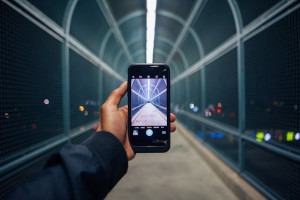
Augmented Reality (AR) overlays digitally-created content into the user’s real-world environment. AR experiences can range from informational text overlaid on objects or locations to interactive photorealistic virtual objects. AR differs from Mixed Reality in that AR objects (e.g., graphics, sounds) are superimposed on, and not integrated into, the user’s environment.
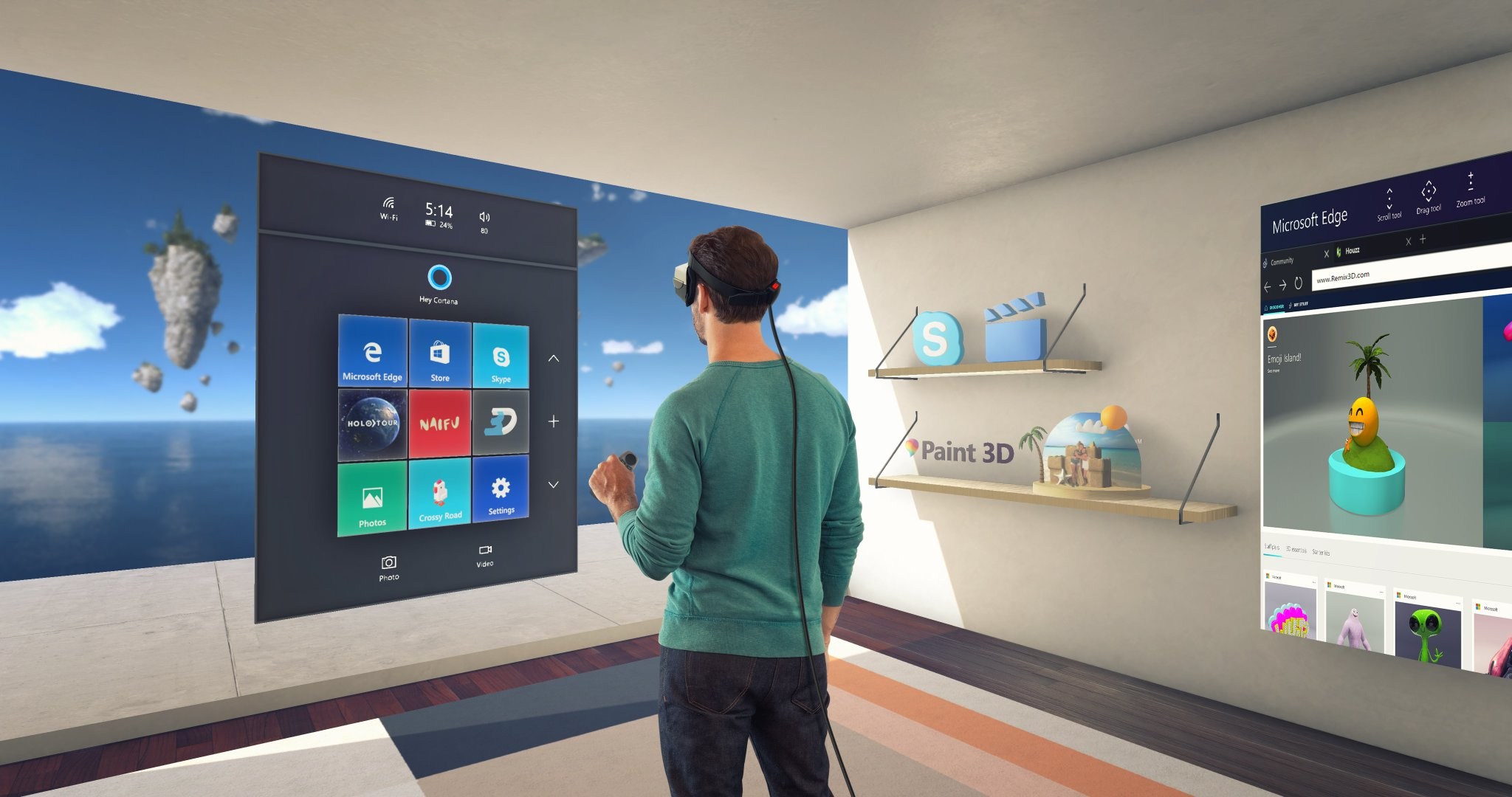
Mixed Reality (MR) seamlessly blends a user’s real-world environment with digitally-created content, where both environments coexist to create a hybrid experience. In MR, the virtual objects behave in all aspects as if they are present in the real world e.g., they are occluded by physical objects, their lighting is consistent with the actual light sources in the environment, they sound as though they are in the same space as the user. As the user interacts with the real and virtual objects, the virtual objects will reflect the changes in the environment as would any real object in the same space.
Outside-In-Tracking
Outside-In-Tracking is a form of positional tracking where fixed external sensors placed around the viewer are used to determine the position of the headset and any associated tracked peripherals. Various
methods of tracking can be used, including, but not limited to, optical and IR.
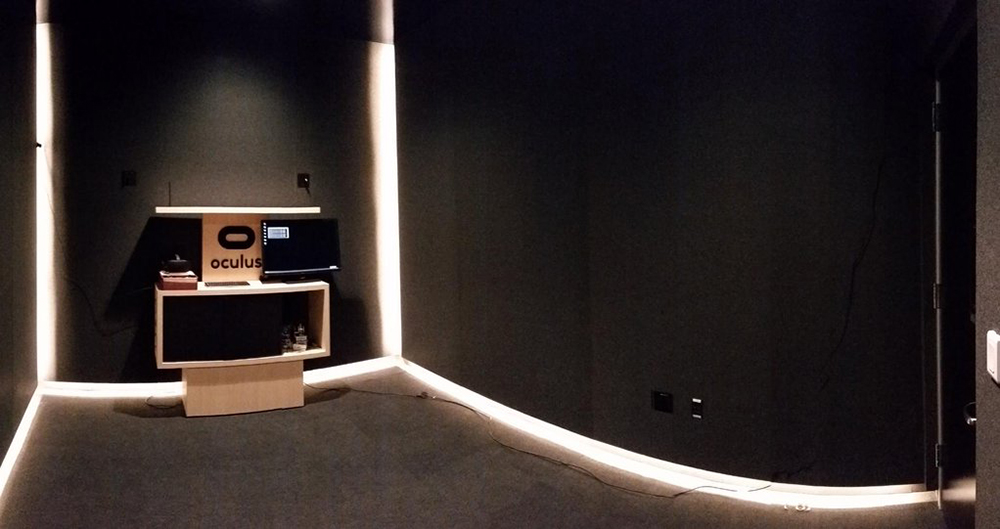
Room-Scale VR
Room-Scale VR is an implementation of 6 DoF including the required use of Spherical Video tracking, where the user is able to move around a room sized environment using real-world motion as reflected in
the virtual environment.
Six Degrees-of-Freedom
Six Degrees-of-Freedom (6 DoF) refers to the viewer’s ability to move (translation) as well as rotate within
an X Reality experience. The six degrees of freedom must include:
* Three types of movement (translation):
- Moving up and down (elevating/heaving);
- Moving left and right (strafing/swaying); and
- Moving forward and backward (walking/surging).
* Three types of rotation:
Turning left and right which is commonly referred to as yawing
- Tilting forward and backward which is commonly referred to as pitching ; and
- Tilting side to side which is commonly referred to as rolling. .
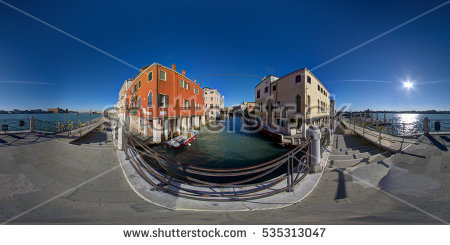
Spherical Video
Spherical Video (360° Video/360 Video) is a video or series of images mapped to a portion of a sphere
that allows viewing in multiple directions from a fixed central point. During playback, the viewer controls
the scene through rotational motion tracking or other user input for the viewing device.
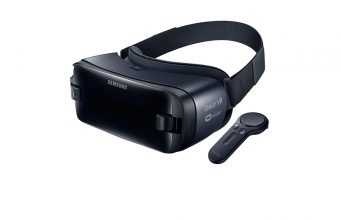
Three Degrees-of-Freedom
Three Degrees-of-Freedom (3 DoF) refers to the viewer’s ability to rotate within an X Reality experience.
The three degrees of freedom must include:
Three types of rotation:
o Turning left and right which is commonly referred to as yawing;
o Tilting forward and backward which is commonly referred to as pitching; and
o Tilting side to side which is commonly referred to as rolling.
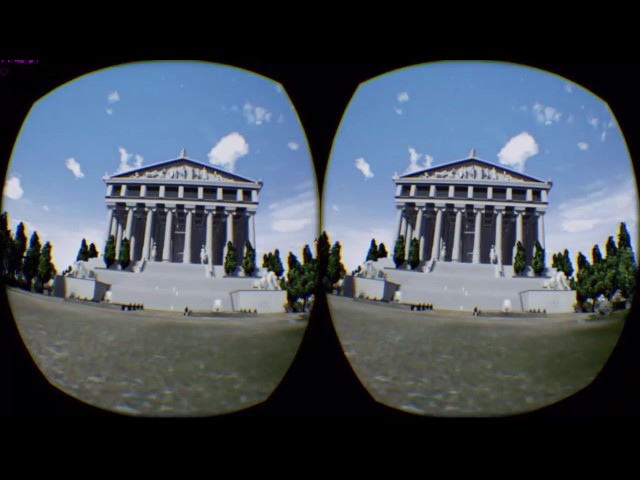
Virtual Reality
Virtual Reality (VR) is a fully immersive user environment affecting or altering the sensory input(s) (e.g.,
sight, sound, touch, and smell) and allowing interaction with those sensory inputs by the user’s
engagement with the virtual world. Typically, but not exclusively, the interaction is via a head-mounted
display, use of spatial or other audio, and/or hand controllers (with or without tactile input or feedback).

VR Video and VR Images
VR Video and VR Images are still or moving imagery specially formatted as separate left and right eye
images usually intended for display in a VR headset. VR Video capture and subsequent display are not
exclusive to 360° formats and may also include content formatted to 180° or 270°; content does not need
to visually surround a user to deliver a sense of depth and presence.
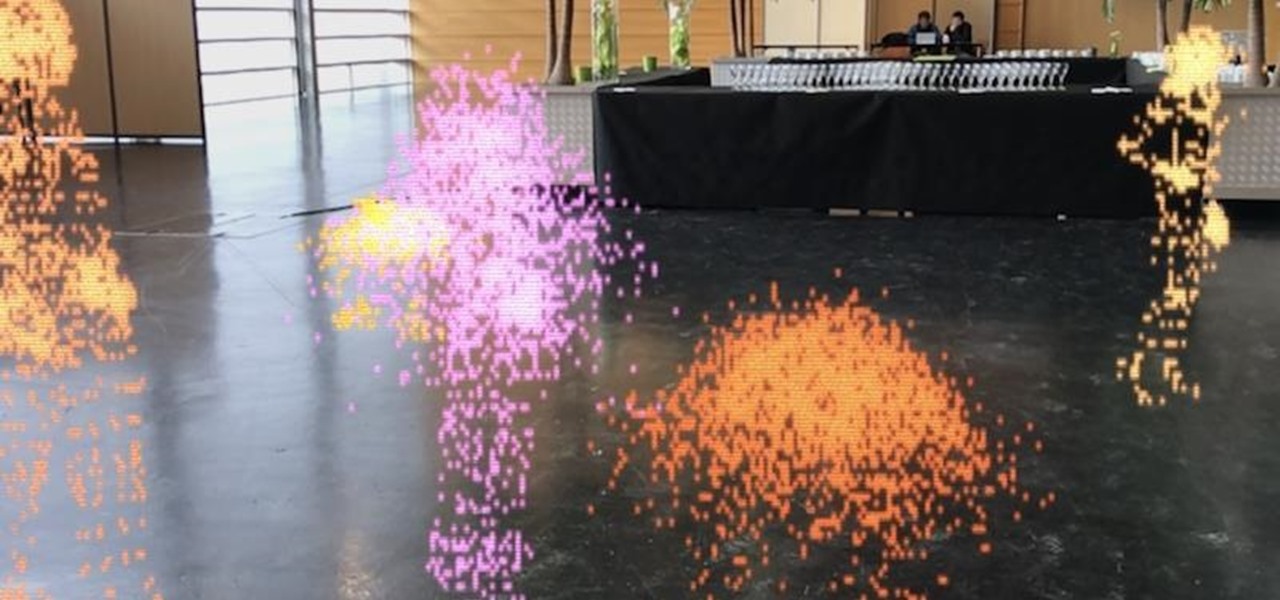
VR Video and VR Images
X Reality (XR) is a general term to cover the multiple types of experiences and technologies across VR,
AR, MR and any future similar areas. All of these systems have in common some level of display
technology (e.g., video, audio) mixed with a method to track where the user is looking or moving (e.g.,
up/down, side-to-side, turning around). How those systems work individually, and together, determines
which of the more defined experiences the product would be named – VR, AR, MR, or some future XR.
